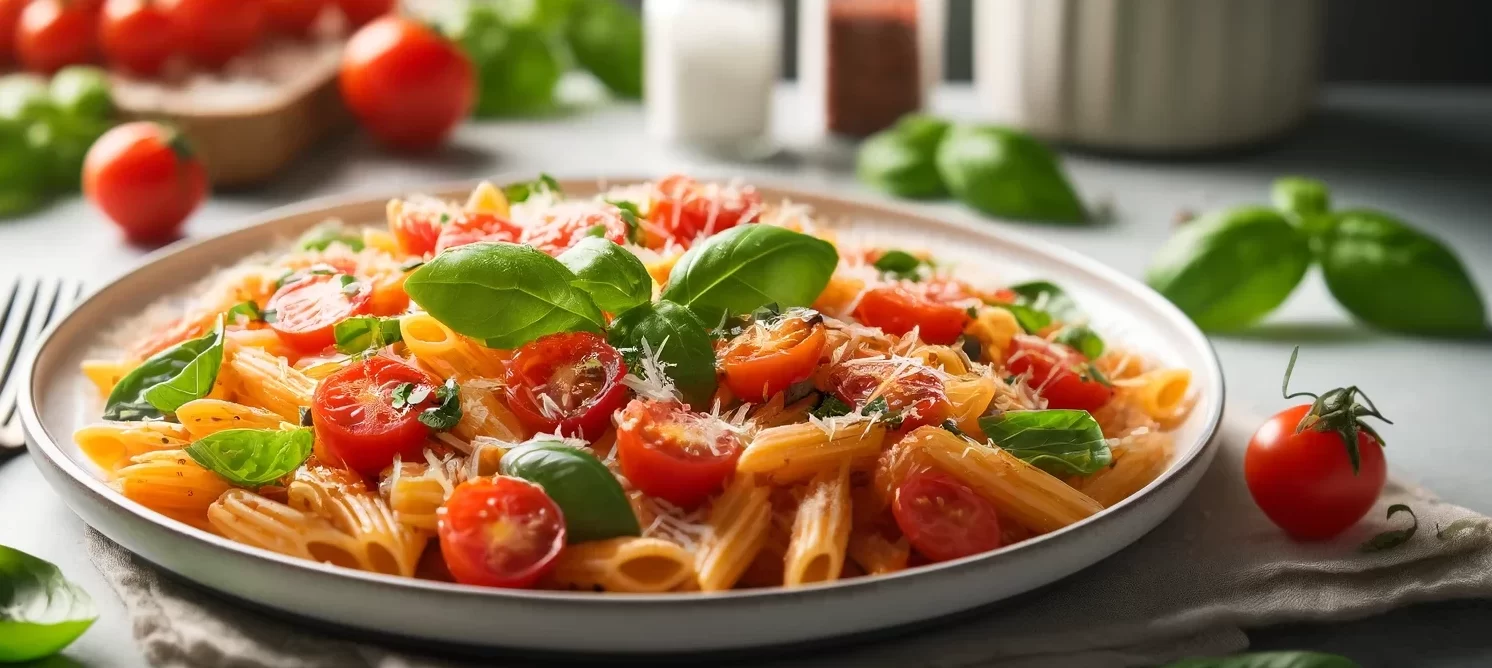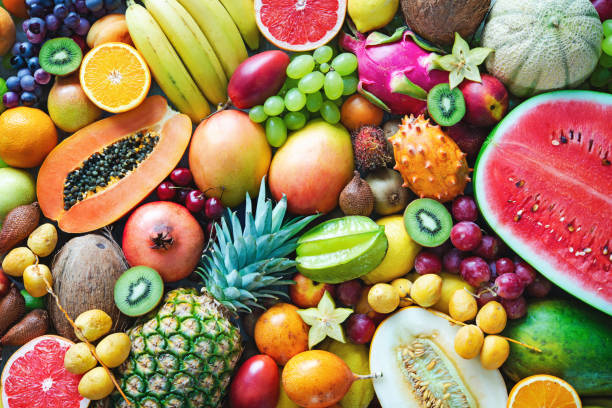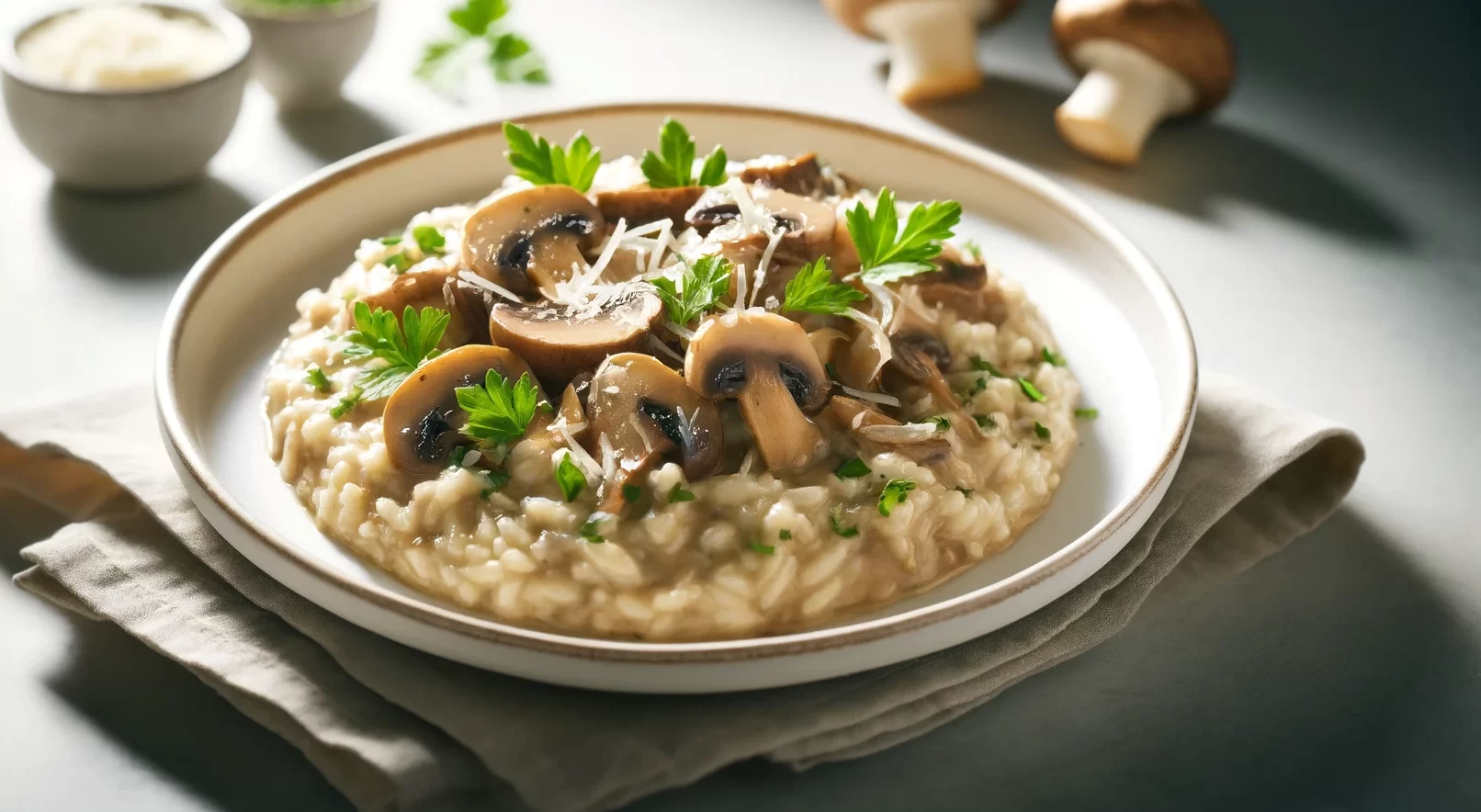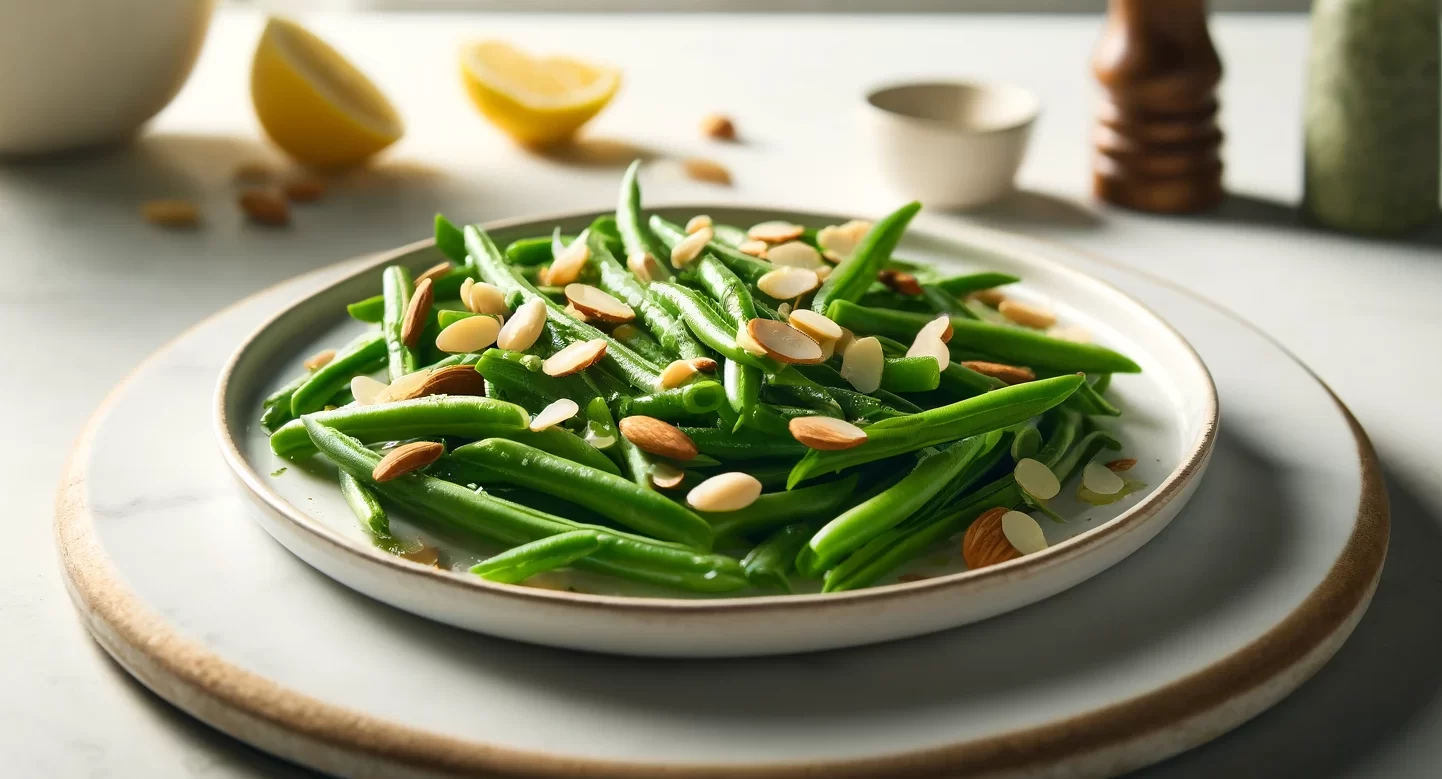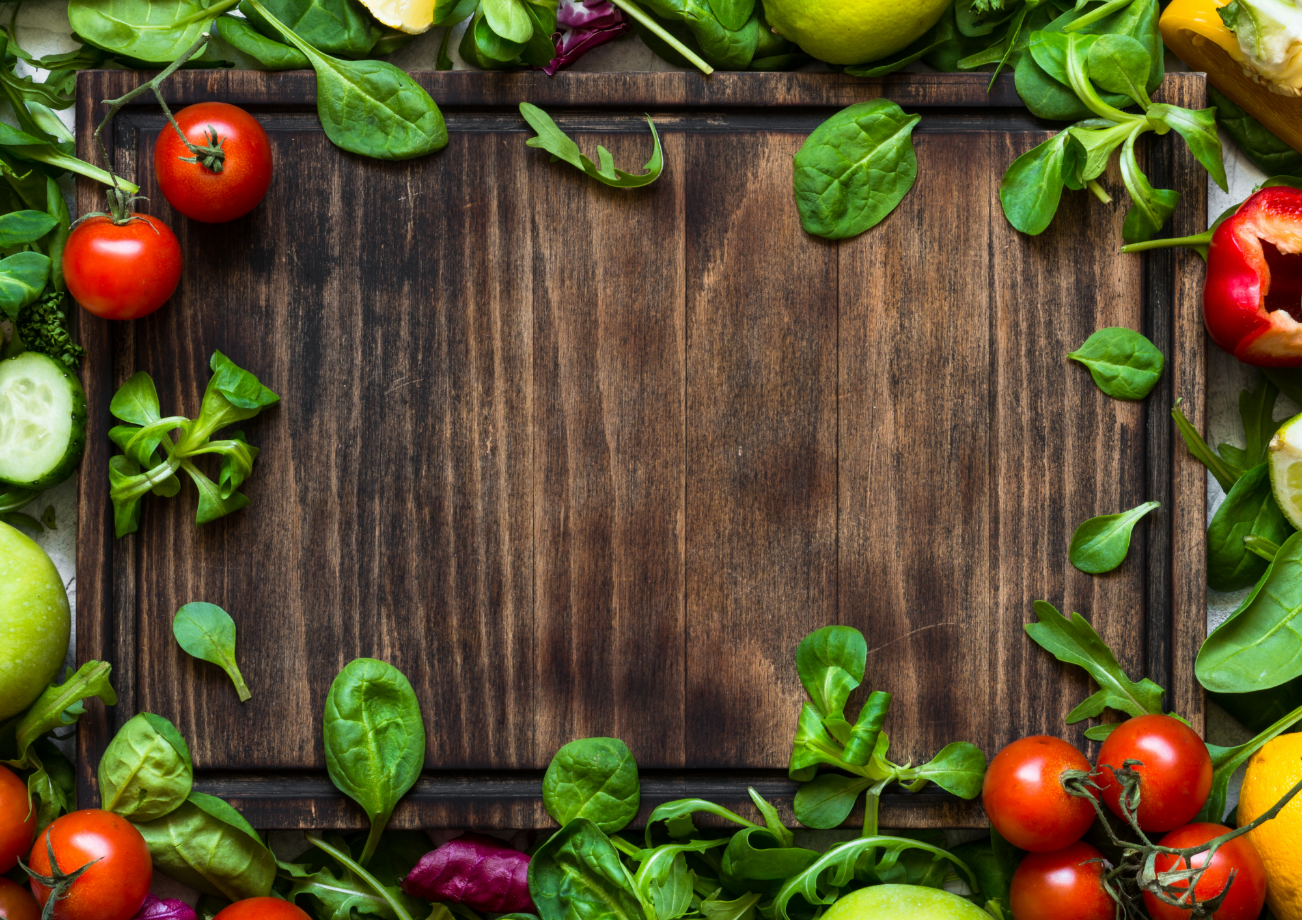In the sanctuary of the kitchen, where the alchemy of cooking transforms simple ingredients into culinary masterpieces, the selection of cooking oils becomes a cornerstone of culinary wisdom. This choice is not merely a matter of preference but a reflection of understanding and respect for the chemistry of cooking and the art of flavor. As we embark on a deeper exploration into the world of cooking oils, their smoke points, and the strategic use of marinades over oils in grilling, along with the pivotal role of grill grates for the perfect sear, we uncover the layers of knowledge that elevate cooking from a routine task to an art form.
The Symphony of Cooking Oils and Their Smoke Points
Cooking oils serve as the unsung heroes of the culinary world, each with its own distinct flavor profile, nutritional value, and, most importantly, smoke point. The smoke point of an oil is the temperature at which it begins to smoke and decompose, leading to a loss of nutritional value and the creation of harmful compounds. Understanding these points is crucial for achieving the desired outcome in our culinary endeavors, whether we seek to sauté, fry, or grill.
- Extra Virgin Olive Oil: A treasure of the Mediterranean diet, this oil is celebrated for its rich flavor and health benefits. Ideal for dressings, marinades, and medium-heat cooking, its smoke point varies between 320-410°F (160-210°C), depending on its acidity and purity.
- Coconut Oil: With its sweet, nutty flavor, coconut oil is a favorite in baking and medium-heat frying. Its moderate smoke point of 350°F (177°C) suits it well for dishes where a touch of its distinct flavor is desired.
- Butter: The rich, creamy essence of butter enriches dishes with a depth of flavor unmatched by other oils. However, its lower smoke point of 302°F (150°C) necessitates careful use, making it ideal for finishing sauces or cooking over low heat.
- Canola Oil: Praised for its neutral flavor and versatility, canola oil, with a smoke point of 400°F (204°C), is a jack-of-all-trades in the kitchen, suitable for frying, baking, and grilling.
- Vegetable Oil: A composite of various plant oils, vegetable oil stands out for its high smoke point of 400-450°F (204-232°C), making it the go-to option for high-heat cooking methods.
- Avocado Oil: At the zenith of smoke points, avocado oil shines with a smoke point of 520°F (271°C), granting it the flexibility to venture into the realm of high-heat cooking without fear.
The dance of choosing the right oil for the right task is akin to selecting the perfect wine to complement a meal—it enhances the experience, elevating the flavors to their full potential.
The Risks Beyond the Smoke Point
Venturing beyond an oil’s smoke point is akin to crossing a culinary threshold where the benefits of the oil begin to diminish, and the risks take center stage. The breakdown of oils under excessive heat leads to the formation of smoke, signaling the creation of free radicals and harmful substances such as acrolein, which imparts a burnt and often acrid taste to foods. The health implications of consuming these degraded oils can be significant, ranging from increased oxidative stress to a higher risk of chronic diseases.
Moreover, the smoke generated by overheated oils carries with it not just a detriment to our health but also to the purity of flavors we strive to achieve in our culinary creations. It serves as a reminder of the delicate balance between heat and ingredient, urging us to tread with caution and respect for the thresholds that define them.
Embracing Marinades: A Dance with Flavor and Safety
In the realm of grilling, where the direct flame introduces a complexity of flavors and challenges, the choice between direct oil application and the use of marinades becomes pivotal. Marinades, with their rich tapestry of ingredients including acids, herbs, and spices, not only tenderize and imbue the food with depth of flavor but also offer a protective barrier against the high heat of the grill.
This protective layer ensures that the food retains its moisture, reducing the likelihood of drying out or burning, while simultaneously minimizing the direct exposure of oils to high heat, thereby avoiding the surpassing of smoke points. The acids present in marinades—be it from vinegar, citrus, or wine—facilitate a gentle pre-cooking process, breaking down proteins and allowing flavors to penetrate deeply.
Furthermore, marinades contribute to a safer grilling experience by reducing the formation of harmful charred compounds, known as heterocyclic amines (HCAs) and polycyclic aromatic hydrocarbons (PAHs), which are linked to increased cancer risk. This approach not only enhances the culinary quality of grilled foods but also aligns with a health-conscious cooking methodology.
The Mastery of Grill Grates for the Perfect Sear
The art of searing, seeking that perfect caramelization and crust while preserving the interior’s succulence, is a testament to the skill of the cook and the tools at their disposal. Grill grates emerge as indispensable allies in this quest, their design engineered to distribute heat evenly, preventing the common pitfalls of uneven cooking and excessive charring.
Grill grates offer a controlled environment where the natural sugars and proteins in food can undergo the Maillard reaction, a chemical process that produces the rich, complex flavors associated with searing, without the risk of burning. This method not only ensures a visually appealing result but also locks in flavors and juices, creating a sensory delight.
Additionally, the elevated design of grill grates allows for fats and oils to drip away from the food, reducing flare-ups and the risk of igniting oils beyond their smoke point. This feature is particularly beneficial in maintaining the integrity of the oils and the healthfulness of the dish, ensuring that the final product is not only delicious but also aligned with dietary wellness.
Culinary Reflections
The journey through the landscape of cooking oils, their smoke points, the strategic use of marinades, and the benefits of grill grates encapsulates more than just a series of cooking tips; it embodies a philosophy of cooking. This philosophy champions the harmonious blend of flavor, health, and technique, urging us to approach cooking as an art form—a medium through which we express care for ourselves and those we cook for.
As we continue to explore and experiment within our culinary domains, let us do so with a spirit of curiosity and respect for the ingredients and methods that have been passed down through generations. May our cooking reflect a deep appreciation for the delicate dance of heat, flavor, and nutrition, and may our tables always be a place of joy, health, and gastronomic delight.

